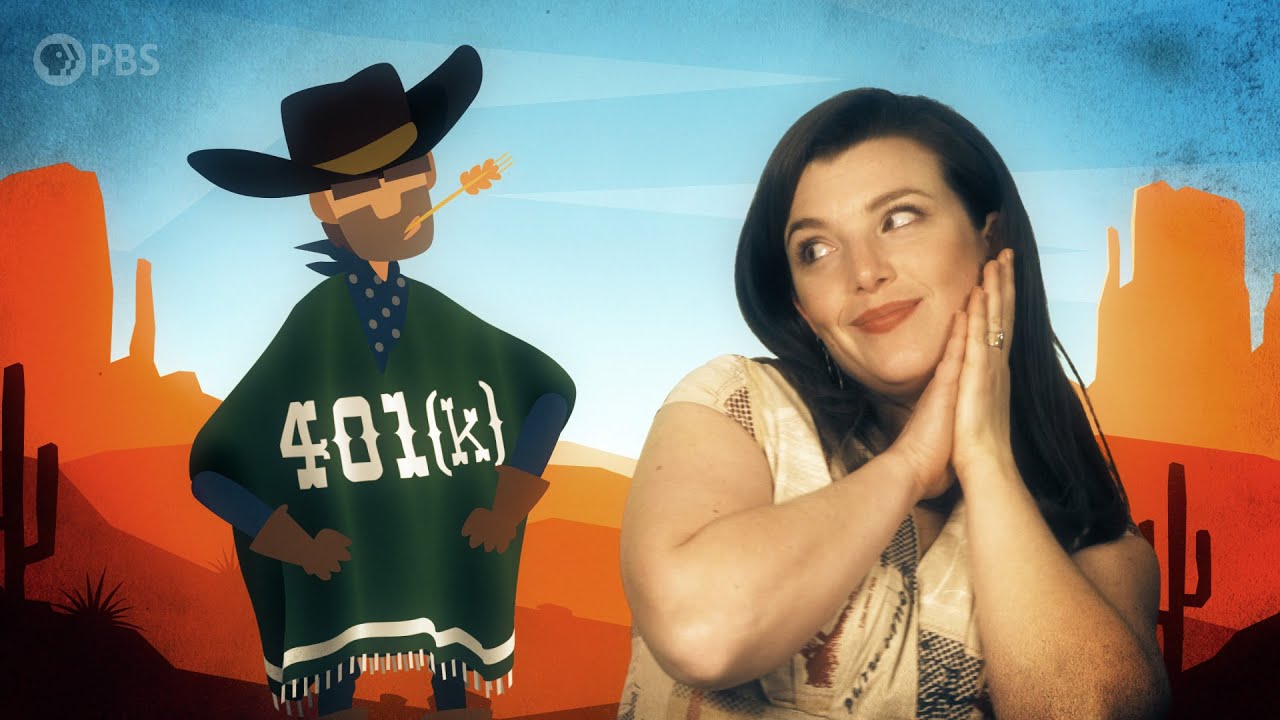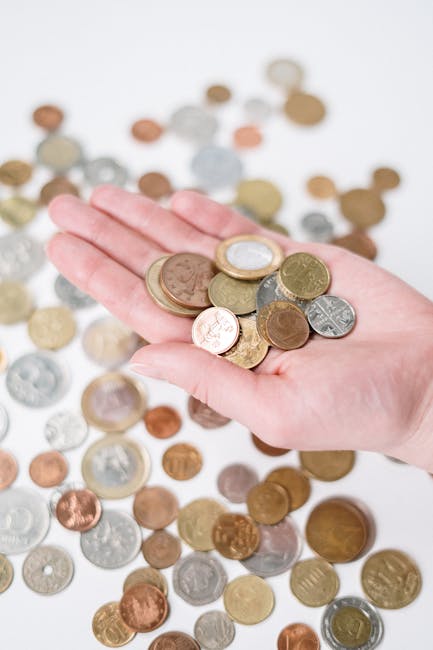
Are 401(k)s a Financial Silver Bullet?
Jason 0 Comments Retire Wealthy Retirement Planning
It’s hard to find something everybody agrees
on. Crunchy or smooth? Smooth. Mac or PC? Fries or onion rings? Fries. But if there’s one financial instrument
that seems universally beloved, it’s got to be the 401(k). Everybody loves ‘em! People delay saving for a home, building an
emergency fund, or even paying off high-interest debt in pursuit of this conquering hero: the
tall, dark, and handsome 401(k). My hero… There’s a whole lot to love with the 401(k). So saddle up and take a ride to find out what
makes this cowboy the darling of investors everywhere! The year was 1980, and The Revenue Act of
1978 was finally going into effect.
And deep in the bill was a tiny provision;
Section 401, Subsection K. Largely overlooked, Section 401(k) allowed employees to defer
taxes on bonuses and stock options — basically a way for rich executives to make more and
pay less tax on it. But everything changed in 1981 when the IRS
ruled that employees could also contribute from their SALARY. This was music to employer’s ears! Managing all those employee pensions was expensive,
complicated, and downright risky! Maybe this new fella, 401(k), could replace
the dusty old pensions of our grandpappies. Before long, 401(k) fever was spreading like
wildfire! By 1996, 401(k) accounts held over a trillion
dollars! How does it work? Fundamentally, a 401(k) is an employer-sponsored
investment account.
It lets you invest part of your paycheck and
receive a tax benefit for doing so. Like company-provided insurance programs,
you have to opt-in to participate. The most attractive feature is the “employer
match”. Translation: if you save for your future,
the boss rewards you with “free” money, matching your contribution dollar for dollar,
up to a limit. Around half of 401(k)s offer an employer
match and this “free money” can come to thousands of extra dollars! Then there’s the sweet tax breaks.
Depending on the type of 401(k), your contributions
could be “pre-tax”, meaning it lowers your taxable income for the year. OR, you can pay the tax now, and allow that
money to grow tax-free. The more you save, the less taxes you pay. Looking pretty spiffy over there, Mr. 401(k)! Oh — and don’t forget that your contributions
are being invested in stock and bond funds. We have Two Cents episodes about those if
you’re not sure how they work. Now you can just sit back and watch compound
interest fatten your herd! Free money, big tax breaks, and investment
growth! What’s not to love?! Hold your horses there, partner. While the 401(k) has a lot going for it, there
are a couple burrs under the saddle.
Like the risks of managing your own investment
portfolios instead of leaving it to the professionals. As 401(k)s soared in popularity during the
80’s and 90’s, billions of dollars flowed into risky sectors like tech-stocks. And when things came crashing down — like
they did twice in the 2000’s — many working folks were left adrift like a tumbleweed in
the wind. And did you know that “Mr 401(k)” doesn’t
work for free? A study by TD Ameritrade found that 73% of
participants didn’t know how much their 401(k) costs, while 37% weren’t aware they
were paying fees at all! Investment firms regularly rack up hefty fees
since nobody’s paying attention — with the average being around 1.4%! And remember that juicy employer “match”
we mentioned earlier? Well, that might not end up being yours thanks
to “401(k) vesting”.

Even though funds might appear in your account,
they’re only yours once you become “vested” — often 3 to 5 years after you get hired! With the vast majority of millennials only
expecting to stay in a job for a few years at the most, that’s a lot of “free money”
that never gets collected. Despite their perks, and general popularity,
401(k)s have left a societal legacy that’s, well, ugly. See, 401(k)s were originally designed to be
a supplement to worker pensions. For most of the 20th century, it was common
for workers to stay with a single employer for most of their lives. And for that loyalty, their company offered
a defined benefit pension for the worker’s golden years.
These plans offered steadiness and security,
with the employer watching over everyone’s plans — from the janitor to the CEO. By their peak in 1980, 38% of all private
sector workers had an employer pension. Today, thanks to the 401(k), only 13% of private
sector workers have a pension. And while 401(k)s have their perks, they're just not as stable or reliable. 401(k)s are also “opt-in,” which means
you aren’t automatically enrolled. Left to their own devices, many employees simply aren’t saving enough — if they’re saving at all. Of the 79% of workers eligible to save into
a 401(k), only 41% opt to participate. The National Institute on Retirement Security
finds that the median retirement savings balance is just $3,000 for all working-age households
and a mere $12,000 for those near-retirement! Most financial experts recommend a personal
retirement savings rate between 10 – 15%.
The real rates are between 1 and 3%. The 401(k) was designed to be the side-dish,
not the main course. Saddling workers with the “opportunity”
to manage their own retirements has created a national crisis in retirement preparedness. But the good news is that if you know its
place, and use it wisely, a 401(k) can be a great part of your financial toolkit. Since pensions are going the way of the horse
and buggy, you’ll need your 401(k) to be galloping double-time to keep from being left
in the dust.
Take advantage of it and you’ll be riding
into the sunset instead of off a cliff. And that’s our two cents! If you've been transitioned from a pension to a 401(k) tell us about experience in the comments!.
